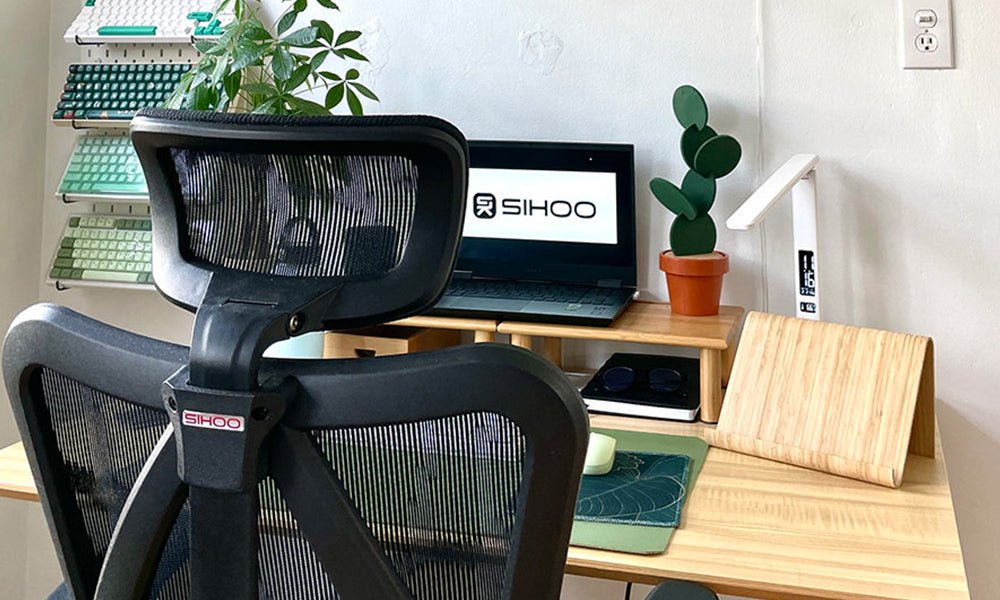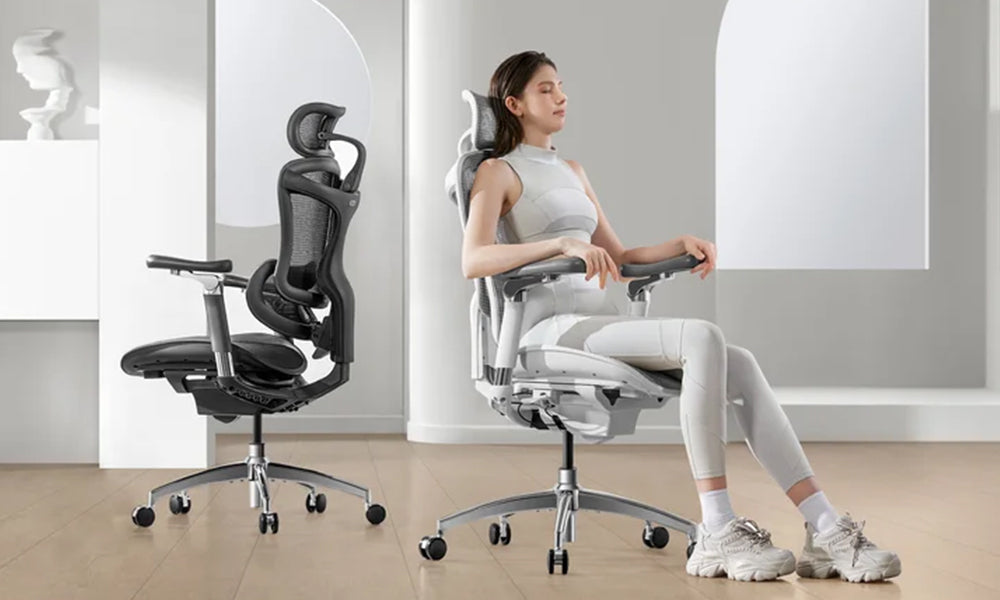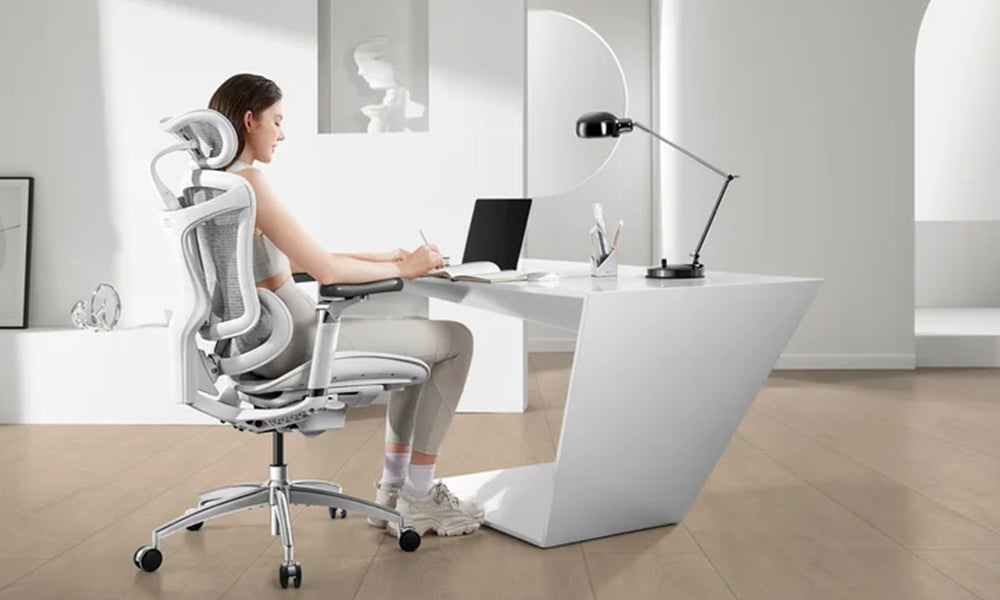Office chairs are essential pieces of furniture in any workplace. They provide comfort and support to employees who spend long hours at their desks, helping to maintain productivity and overall well-being. However, like all things, office chairs have a finite lifespan. In this comprehensive guide, we'll explore the factors that influence the longevity of office chairs and offer tips on how to extend their lifespan. Whether you're a business owner or an individual looking to make a wise investment, understanding how long an office chair lasts is crucial.
The Average Lifespan of an Office Chair
The lifespan of an office chair can vary significantly depending on various factors. On average, a well-maintained office chair can last anywhere from 5 to 15 years. However, this estimate is not set in stone and can be influenced by several key elements.
Chair Quality: The quality of the chair plays a significant role in its lifespan. High-quality chairs made with durable materials tend to last longer than cheaper, lower-quality alternatives.
Usage Intensity: The frequency and duration of use greatly affect how long an office chair will last. Chairs in a busy office environment are subject to more wear and tear compared to those in a home office.
Maintenance: Regular maintenance and care can extend the lifespan of an office chair. Neglecting maintenance, such as failing to clean the chair or lubricate its moving parts, can shorten its life expectancy.
Weight Capacity: Exceeding the weight capacity of a chair can put excessive stress on its components, leading to premature wear and damage.
Factors Affecting Office Chair Longevity
To better understand how long your office chair might last, it's important to consider the following factors:
Chair Materials:
Frame: The frame of an office chair is typically made from materials like steel, aluminum, or plastic. High-quality steel frames tend to be more durable and long-lasting.
Upholstery: The type of upholstery material used can impact the chair's longevity. Leather and high-quality fabric tend to be more durable than cheap vinyl or mesh.
Ergonomic Features:
Chairs with advanced ergonomic features may have more moving parts, which can wear out over time. However, these features also contribute to comfort and support, making them a valuable investment.
Usage Environment:
Office chairs in high-traffic environments may need to endure more frequent adjustments and usage, potentially shortening their lifespan.
User Habits:
The habits of the chair's primary user also play a role. Individuals who regularly lean back in their chairs or use excessive force on armrests may experience faster wear and tear.
Maintenance:
Regular cleaning, lubrication, and inspections can significantly prolong the life of an office chair. Neglecting maintenance can lead to issues like squeaky wheels or worn-out padding.
Signs Your Office Chair Needs Replacement
Recognizing the signs that your office chair is nearing the end of its lifespan is essential to maintain comfort and avoid potential health issues. Here are some common indicators that it may be time to replace your chair:
Visible Damage: Cracks, tears, or visible damage to the chair's frame, upholstery, or base indicate that it may no longer be safe or comfortable to use.
Squeaking or Creaking: Persistent noises when you move in the chair can be a sign of worn-out components, such as wheels, bearings, or the gas lift mechanism.
Decreased Comfort: If your chair no longer provides the level of comfort and support it once did, it may be time for an upgrade.
Leaning or Wobbling: A chair that leans to one side or wobbles can be a safety hazard and should be replaced.
Height Adjustment Issues: Problems with adjusting the chair's height or recline mechanism can significantly affect its usability.
Armrest Problems: Loose or broken armrests can impact both comfort and ergonomics.
Tips to Extend the Lifespan of Your Office Chair
To get the most out of your office chair and ensure it lasts as long as possible, follow these maintenance and care tips:
Regular Cleaning:
Clean your chair regularly to prevent dirt and dust buildup on upholstery and moving parts.
Lubrication:
Apply lubricant to moving parts like casters and recline mechanisms to keep them functioning smoothly.
Proper Usage:
Use your office chair as intended and avoid sitting on the armrests or using excessive force on the chair's components.
Weight Capacity:
Adhere to the manufacturer's weight capacity guidelines to prevent strain on the chair's frame and parts.
Adjustments:
Adjust your chair to fit your body correctly, promoting better ergonomics and comfort.
Inspections:
Periodically inspect your chair for signs of wear and tear, such as loose screws, bolts, or damaged upholstery. Address any issues promptly.
Replacement Parts:
Consider replacing worn-out or damaged parts, such as casters or armrests, to extend your chair's life.
Choosing the Right Office Chair
Selecting the right office chair from the start can have a significant impact on its longevity. Here are some key factors to consider when choosing an office chair:
Quality:
Invest in a high-quality chair made by reputable manufacturers. Quality chairs are built to last longer and provide better support.
Ergonomics:
Prioritize chairs with ergonomic features that support good posture and reduce the risk of discomfort and injury.
Adjustability:
Look for chairs with multiple adjustment options for height, tilt, and armrests to ensure a custom fit.
Weight Capacity:
Choose a chair that can comfortably support the weight of the intended user.
Warranty:
Check the manufacturer's warranty to understand the level of support and protection provided.
User Reviews:
Read user reviews and ratings to gauge the experiences of others with the chair you're considering.
Conclusion
The lifespan of an office chair can vary widely based on factors such as quality, maintenance, and usage intensity. While a well-maintained, high-quality office chair can last up to 15 years, cheaper and lower-quality options may only provide five years of service. Recognizing the signs that your chair needs replacement is essential for maintaining comfort and preventing health issues.
By following proper maintenance and care practices and selecting the right office chair to begin with, you can maximize the lifespan of your investment. Remember that an office chair is not just a piece of furniture but a tool that impacts your well-being and productivity. Invest wisely to enjoy the benefits of a comfortable and supportive workspace for years to come.



